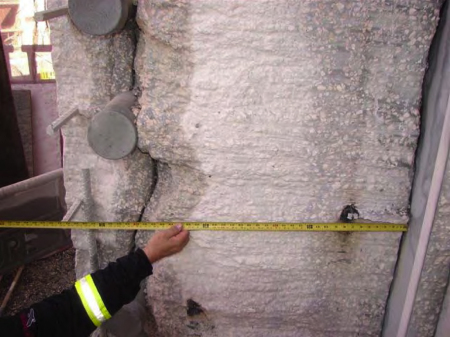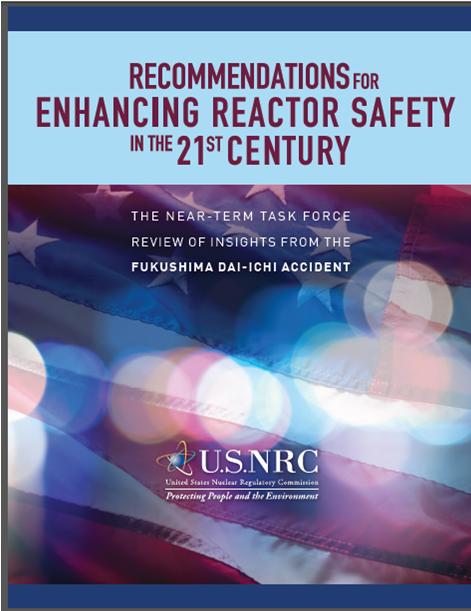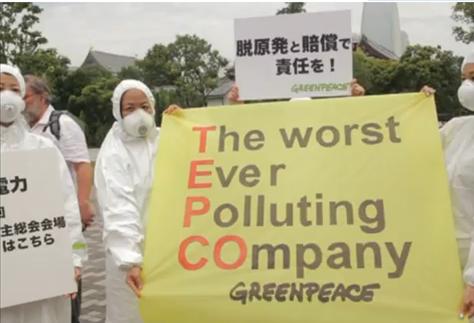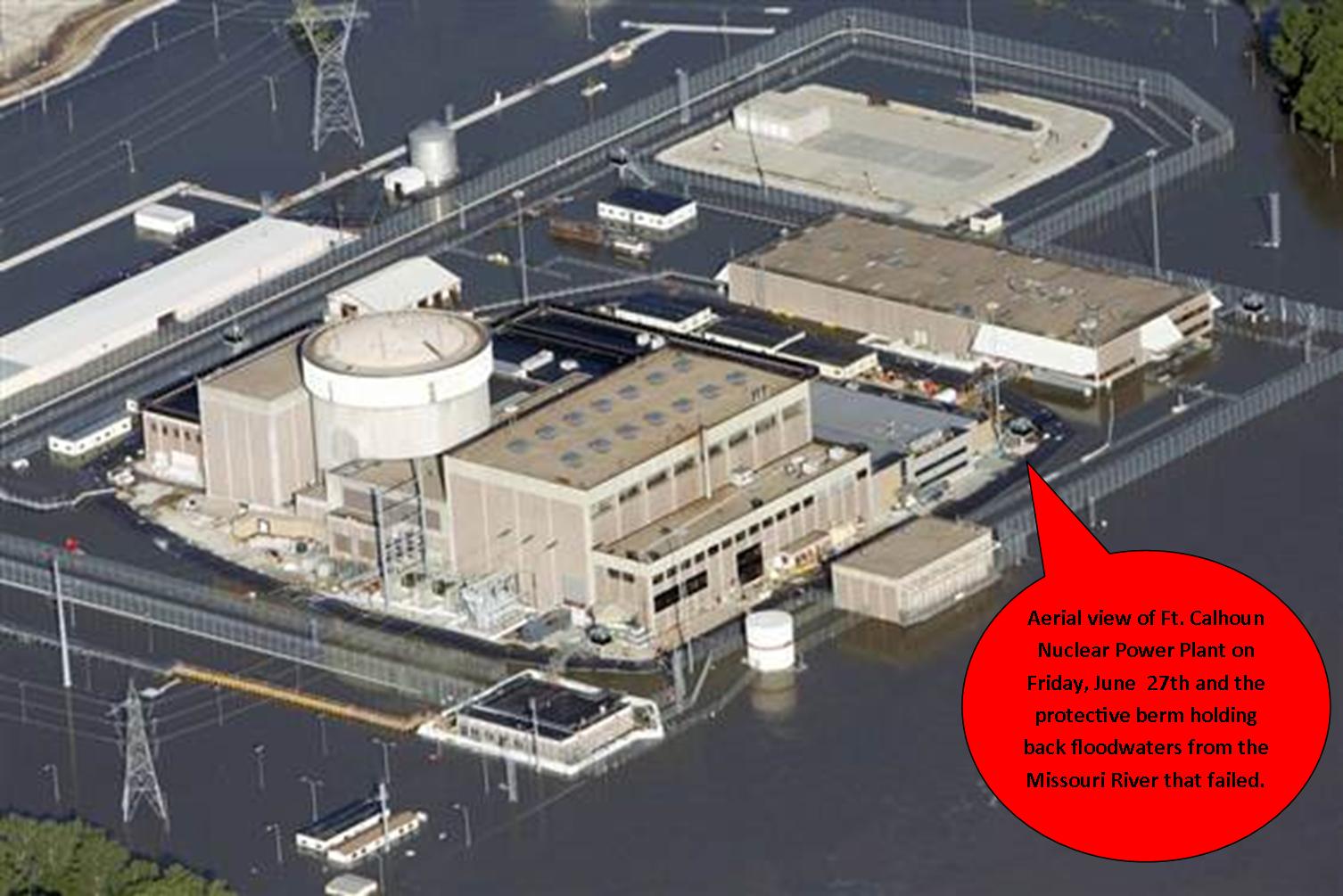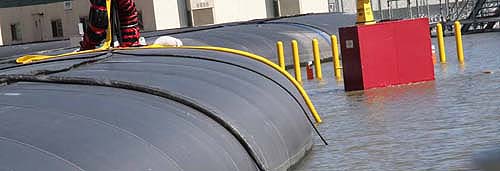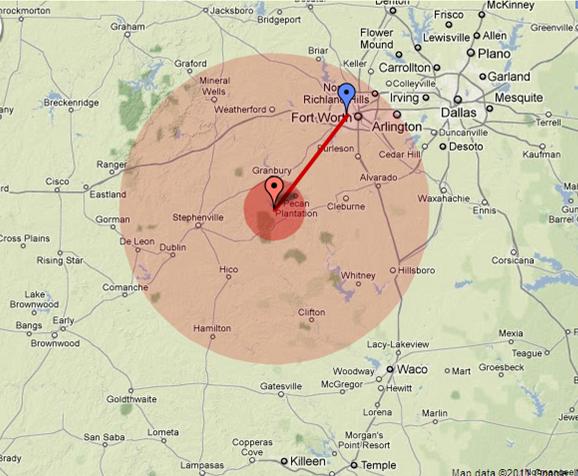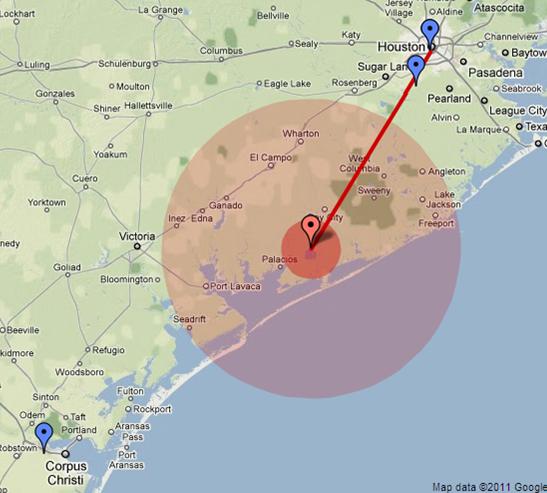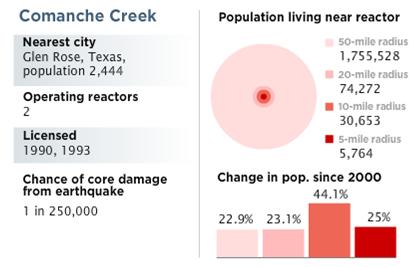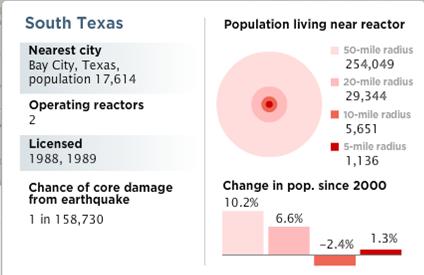Nuclear Electric Insurance Ltd. (NEIL), the company that insures all 104 U.S. nuclear power plants has just around $3.6 billion on hand to pay for claims from broken nuclear plants in California (San Onofre nuclear power station), Texas (South Texas Nuclear Project), Michigan (Cook nuclear power station) and Florida (Crystal River). Crystal River alone represents such a financial threat that the insurance company may have to demand that its member utilities shell out more money.
As a mutual insurance company, NEIL’s members agree to cover each other in the event of a catastrophe. NEIL was formed in 1980 in response to the Three Mile Island disaster and is allowed to raise as much as $2 billion from its members in a 20 day period drawing from the owners of all 104 nuclear plants in the United States.
NEIL’s policies allows for a payment up to $2.25 billion for damage to a plant, plus up to an extra $490 million for replacement power while the plant is idled.
Repairing the Crystal River plant could cost as much as $3.5 billion for construction work and $300 million a year for related costs such as purchasing alternative electricity while the plant remains off line. That could push the total cost above $5 billion, but there are questions about whether the damage was an accident or whether the 2009 replacement of old steam generators inside the nuclear plant’s 42-inch thick concrete containment wall was mishandled when the managing company chose a do-it-yourself approach in order to save about $15 million by using one of the two companies that handled all similar projects in the nation. An attempt to repair the resulting crack in the containment wall and bring the plant back online resulted in more cracks.
Most of the 104 reactors in the United States were built in the 1970s and early 1980s. A few date back to the 1960s and they are starting to show their age, putting additional pressure on the insurer as is evident in the additional claims in the works.
Turbine loss at the Cook nuclear power station in Bridgman, MI. resulted in a claim for which NEIL had already paid out $400 million by the end of 2011.
The insurer also faces “the meaningful” claim for the South Texas Nuclear Project, which suffered damage to a turbine generator in its number two unit and is not expected to be back online until as late as July this year. It is unclear how much that will cost the insurance company.
And now NEIL must ready itself for the troubles at California’s San Onofre nuclear power station, where two generators have been offline since January 2012. The replacement power alone for San Onofre’s out-of-service units reached $221 million through September of this year and it is unclear what the repair costs would add to that bill.
In the past, NEIL has paid out annual distributions to all its members after the insurer reaches a comfortable reserve — generally about $3.5 billion. The money is distributed to the members based on the premiums they pay each year. Between the loss of the annual distributions and charges to these power companies to cover shortfalls from these claims, nuclear plants around the country could be looking some unexpected financial hits in the coming year or two.
